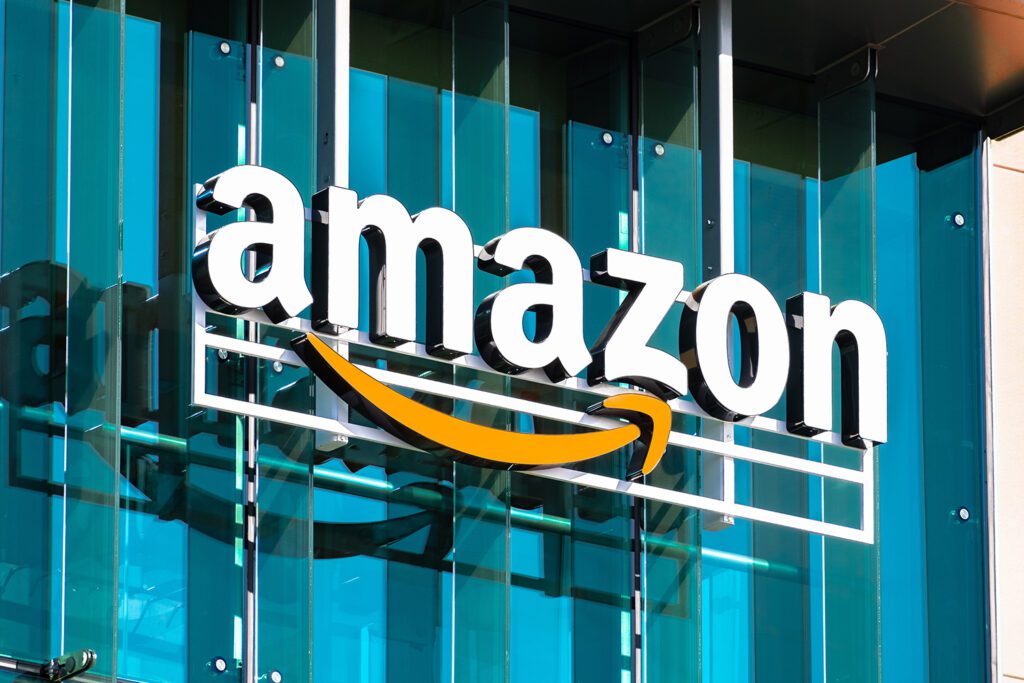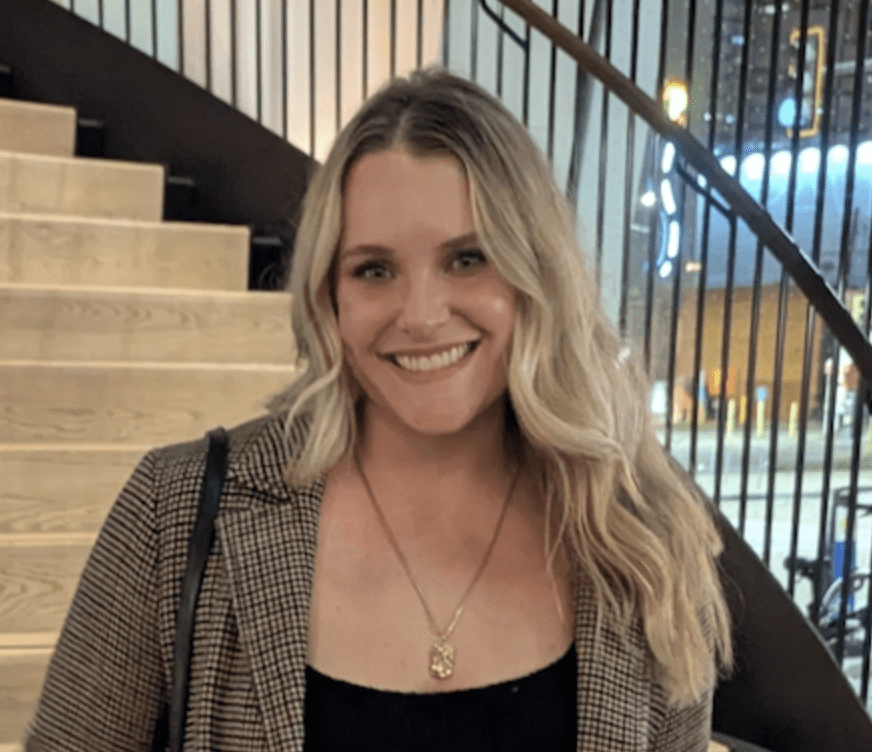A year ago, John Howard had a problem. He had earned his nickname “The Carrot” for his red hair; in fact, when he began selling printer cartridges over the Web in 1998, he named his company Carrot Ink. But by 2004, it was his company’s ink that was threatening to turn red, with increased competition and return on investment down sharply from its former 50% peak. Howard needed to find a way to convert more sales at his site, and quickly.
The problems came from a couple of sources. For one thing, Carrot began marketing on the Web using pop-under ads in 2001. Those were effective for a while, but now prices for such contextual ads are rising at the same time that about 20% of them are being blocked by consumers’ firewalls, browsers and anti-adware. “They just weren’t working for us anymore,” Howard says. “We were witnessing the demise of the pop-under ad.”
What’s more, the company found that 72% of the visitors who clicked through those ads to the Web site were leaving it almost immediately. That meant all they saw was Carrot’s first page, with no chance to receive any offers or check any prices. The company stocks 700 ink products, sized to fit about 1,700 different printer models. So no one brand of cartridge was enough of a draw to feature on that home page. Customers want the cartridge that fits their specific printer; they’re not about to be tempted by a good price on ink they can’t use.
So Carrot’s home page was failing to lead customers into the offer pages appropriate for their printer. “To me that’s the telltale sign of whether someone is a genuine visitor — to see if they get into the site deep enough to see a price and decide if we have a compelling offer,” Howard says. The company needed to bring visitors more deeply into the Web site faster.
Getting that job done started with a complete revamp of the site in early 2004, with the help of Columbus, OH-based e-commerce consultant Resource Interactive. The navigation solution that resulted was what Howard calls “Bob,” short for “big orange box.” This is a design element that appears in the upper left corner of every page. On the home page, it serves as a tool for getting the visitor to his proper landing page in three clicks. Users select their printer brand from a pull-down menu of 11 choices; then they choose the family from within that brand. Finally, they pick the proper model from within the family, hit “submit” and move quickly to the exact page for their needs.
This replaced a structure that required visitors to view four pages to find the right item. “Now we’ve got it down to one page load and four clicks to find your product,” Howard says. “I think it’s not the clicks but the page refreshes that kill sales. There’s an instant during each one where visitors are not engaged and can be distracted away from your site.”
The results following the February 2004 redesign were impressive. Thanks to the advent of “Bob” and some other cleanup changes, Carrot saw a 78% increase in conversion of visitors to active shoppers on the site when it went live last October. Visitor penetration also improved tremendously. Any online merchant probably would be satisfied with that improvement.
But a notion dawned on Howard and his team: If those changes could produce such dramatic results, perhaps there were other tweaks that could do nearly as much to hike conversions and shore up return on investment.
“We went through this site redesign and were pleased with it,” he says. “But the question still came up: Was this the optimal design?” Specifically, did the creative — the tag lines, graphics and call to action — work as hard as it could to bring visitors deep into the site? The question was complicated by the fact that Carrot Ink had not done any real metrics prior to the redesign, so it had no way to compare the old and new sites’ performance.
Howard and his marketing team came up with content options whose effectiveness they wanted to test. For example, what worked best as a headline for the home page: a general welcome message, a specific offer (“Save 30% to 70% on printing supplies”) or a grabby tag line? And what was most effective at the top of the orange navigation box: “Buy ink for less,” or simply, “Find your cartridge”? They arrived at three creative options for each of four points on that new home page.
To decide which choices produced the deepest visits and the highest sales conversions, Carrot turned to a new alliance between Web analytics provider CoreMetrics and Offermatica, a firm providing hosted Web testing services.
Three choices of creative in each of four places mean 81 possible combinations, if you do the math. That’s a lot of time-consuming testing under the A-B process. Instead, CoreMetrics and Offermatica approached the task as a job of multivariate testing. CoreMetrics would use its platform to measure and then analyze the behavior of individual visitors to Carrot Ink’s site. Offermatica would then hook into that data and provide Howard with a way to look at multiple versions of the choices simultaneously to see which ones captured the most visitors and produced the most conversions. Eighty-one combinations would have meant lots of traffic and a lot of testing. But using its method, Offermatica ran just 11 tests to uncover the most effective choices.
One finding was that people didn’t perceive the big orange box as a sufficient call to action. So the strongest command at the top of the box — “Find Your Cartridge Here” — turned out to be the best copy. And a statement of value proved to have more appeal on the home page than a simple greeting. So Carrot Ink’s home page now leads off with, “Ink Shouldn’t Cost More Than Your Printer.”
Making small changes like these on a home page that already had been re-built allowed Carrot Ink to manage an additional 18% lift in shopping conversions.
Now Carrot Ink is using the CoreMetrics/Offermatica partnership to test changes in its checkout scenarios. Howard gets reports on what value and what kinds of products are abandoned in shopping carts, and the figure is too high to suit him.
So Carrot is considering how to cut those abandonment rates. Right now it has the submit button below the “fold” of the order form, with a note at the top reminding customers their order isn’t complete until they click it. Howard thinks that may be where some visitors fail to convert, so Carrot will test a single-screen checkout. And Offermatica will handle testing, throwing some customers into the new version while allowing the control group to use the old system.
 Network
Network




